|
Gradient Noise
Gradient noise is a type of Noise (spectral phenomenon), noise commonly used as a procedural texture primitive in computer graphics. It is conceptually different from, and often confused with, value noise. This method consists of a creation of a lattice of random (or typically pseudorandomness, pseudorandom) gradients, dot products of which are then interpolated to obtain values in between the lattices. An artifact of some implementations of this noise is that the returned value at the lattice points is 0. Unlike the value noise, gradient noise has more energy in the high frequencies. The first known implementation of a gradient noise function was Perlin noise, credited to Ken Perlin, who published the description of it in 1985. David Ebert, Kent Musgrave, Darwyn Peachey, Ken Perlin, and Worley. Texturing and Modeling: A Procedural Approach'' Academic Press, October 1994. Later developments were Simplex noise and OpenSimplex noise. References Noise (graphics) Computer gra ... [...More Info...] [...Related Items...] OR: [Wikipedia] [Google] [Baidu] [Amazon] |
Perlin Noise
Perlin noise is a type of gradient noise developed by Ken Perlin in 1983. It has many uses, including but not limited to: Scenery generator, procedurally generating terrain, applying pseudo-random changes to a variable, and assisting in the creation of image textures. It is most commonly implemented in two, three, or four Dimension, dimensions, but can be defined for any number of dimensions. History Ken Perlin developed Perlin noise in 1983 as a result of his frustration with the "machine-like" look of computer-generated imagery (CGI) at the time. He formally described his findings in a SIGGRAPH paper in 1985 called "An Image Synthesizer". He developed it after working on Disney's computer animated sci-fi motion picture ''Tron'' (1982) for the animation company Mathematical Applications Group (MAGI). In 1997, Perlin was awarded an Academy Award for Technical Achievement for creating the algorithm, the citation for which read: Perlin did not apply for any patents on the algori ... [...More Info...] [...Related Items...] OR: [Wikipedia] [Google] [Baidu] [Amazon] |
Noise (spectral Phenomenon)
Noise is any type of random, troublesome, problematic, or unwanted signals. Acoustic noise may mar aesthetic experience, such as attending a concert hall. It may also be a medical issue inherent in the biology of hearing. In technology, noise is unwanted signals in a device or apparatus, commonly of an electrical nature. The nature of noise is much studied in mathematics and is a prominent topic in statistics. This article provides a survey of specific topics linked to their primary articles. Acoustic noise In transportation *Aircraft noise *Jet noise, caused by high-velocity jets and turbulent eddies * Noise and vibration on maritime vessels *Noise, vibration, and harshness, quality criteria for vehicles *Traffic noise, including roadway noise and train noise Other acoustic noise * Artificial noise, in spectator sports *Background noise, in acoustics, any sound other than the monitored one *Comfort noise, used in telecommunications to fill silent gaps * Grey noise, random ... [...More Info...] [...Related Items...] OR: [Wikipedia] [Google] [Baidu] [Amazon] |
Procedural Texture
In computer graphics, a procedural texture is a Image texture, texture created using a mathematical description (i.e. an algorithm) rather than directly stored data. The advantage of this approach is low storage cost, unlimited texture resolution and easy texture mapping. These kinds of textures are often used to model surface or volumetric representations of natural elements such as wood, marble, granite, metal, rock (geology), stone, and others. Usually, the natural look of the rendered result is achieved by the usage of fractal noise and turbulence function (mathematics), functions. These functions are used as a Number, numerical representation of the "randomness" found in nature. Solid texturing Solid texturing is a process where the texture generating function is evaluated over \mathbb^ at each visible surface point of the model so the resulting material properties (like color, shininess or normal) depends only on their 3D position, not their parametrized 2D surface positio ... [...More Info...] [...Related Items...] OR: [Wikipedia] [Google] [Baidu] [Amazon] |
Value Noise
Value noise is a type of noise commonly used as a procedural texture primitive in computer graphics. It is conceptually different from, and often confused with gradient noise, examples of which are Perlin noise and Simplex noise. This method consists of the creation of a lattice of points which are assigned random values. The noise function then returns the interpolated number based on the values of the surrounding lattice points. For many applications, multiple octaves of this noise can be generated and then summed together, just as can be done with Perlin noise and Simplex noise Simplex noise is the result of an ''n''-dimensional noise function comparable to Perlin noise ("classic" noise) but with fewer directional artifacts, in higher dimensions, and a lower computational overhead. Ken Perlin designed the algorithm in ..., in order to create a form of fractal noise. External links * - an explanation and implementation of Value Noise, mislabeled as Perlin noise. Lesson e ... [...More Info...] [...Related Items...] OR: [Wikipedia] [Google] [Baidu] [Amazon] |
Pseudorandomness
A pseudorandom sequence of numbers is one that appears to be statistically random, despite having been produced by a completely deterministic and repeatable process. Pseudorandom number generators are often used in computer programming, as traditional sources of randomness available to humans (such as rolling dice) rely on physical processes not readily available to computer programs, although developments in hardware random number generator technology have challenged this. Background The generation of random numbers has many uses, such as for random sampling, Monte Carlo methods, board games, or gambling. In physics, however, most processes, such as gravitational acceleration, are deterministic, meaning that they always produce the same outcome from the same starting point. Some notable exceptions are radioactive decay and quantum measurement, which are both modeled as being truly random processes in the underlying physics. Since these processes are not practical sources of r ... [...More Info...] [...Related Items...] OR: [Wikipedia] [Google] [Baidu] [Amazon] |
Gradients
In vector calculus, the gradient of a scalar-valued differentiable function f of several variables is the vector field (or vector-valued function) \nabla f whose value at a point p gives the direction and the rate of fastest increase. The gradient transforms like a vector under change of basis of the space of variables of f. If the gradient of a function is non-zero at a point p, the direction of the gradient is the direction in which the function increases most quickly from p, and the magnitude of the gradient is the rate of increase in that direction, the greatest absolute directional derivative. Further, a point where the gradient is the zero vector is known as a stationary point. The gradient thus plays a fundamental role in optimization theory, where it is used to minimize a function by gradient descent. In coordinate-free terms, the gradient of a function f(\mathbf) may be defined by: df=\nabla f \cdot d\mathbf where df is the total infinitesimal change in f for an infi ... [...More Info...] [...Related Items...] OR: [Wikipedia] [Google] [Baidu] [Amazon] |
Dot Product
In mathematics, the dot product or scalar productThe term ''scalar product'' means literally "product with a Scalar (mathematics), scalar as a result". It is also used for other symmetric bilinear forms, for example in a pseudo-Euclidean space. Not to be confused with scalar multiplication. is an algebraic operation that takes two equal-length sequences of numbers (usually coordinate vectors), and returns a single number. In Euclidean geometry, the dot product of the Cartesian coordinates of two Euclidean vector, vectors is widely used. It is often called the inner product (or rarely the projection product) of Euclidean space, even though it is not the only inner product that can be defined on Euclidean space (see ''Inner product space'' for more). It should not be confused with the cross product. Algebraically, the dot product is the sum of the Product (mathematics), products of the corresponding entries of the two sequences of numbers. Geometrically, it is the product of the Euc ... [...More Info...] [...Related Items...] OR: [Wikipedia] [Google] [Baidu] [Amazon] |
Perlin Noise
Perlin noise is a type of gradient noise developed by Ken Perlin in 1983. It has many uses, including but not limited to: Scenery generator, procedurally generating terrain, applying pseudo-random changes to a variable, and assisting in the creation of image textures. It is most commonly implemented in two, three, or four Dimension, dimensions, but can be defined for any number of dimensions. History Ken Perlin developed Perlin noise in 1983 as a result of his frustration with the "machine-like" look of computer-generated imagery (CGI) at the time. He formally described his findings in a SIGGRAPH paper in 1985 called "An Image Synthesizer". He developed it after working on Disney's computer animated sci-fi motion picture ''Tron'' (1982) for the animation company Mathematical Applications Group (MAGI). In 1997, Perlin was awarded an Academy Award for Technical Achievement for creating the algorithm, the citation for which read: Perlin did not apply for any patents on the algori ... [...More Info...] [...Related Items...] OR: [Wikipedia] [Google] [Baidu] [Amazon] |
Ken Perlin
Kenneth H. Perlin is a professor in the Department of Computer Science at New York University, founding director of the Media Research Lab at NYU, director of the Future Reality Lab at NYU, and the director of the Games for Learning Institute. He holds a BA. degree in Theoretical Mathematics from Harvard University (7/1979), a MS degree in computer science from the Courant Institute of Mathematical Sciences, New York University (6/1984), and a PhD degree in computer science from the same institution (2/1986). His research interests include graphics, animation, multimedia, and science education. He developed or was involved with the development of techniques such as Perlin noise, real-time interactive character animation, and computer-user interfaces. He is best known for the development of Perlin noise and Simplex noise, both of which are algorithms for realistic-looking Gradient noise. He is a collaborator of the World Building Institute. Awards In 1996, Perlin received ... [...More Info...] [...Related Items...] OR: [Wikipedia] [Google] [Baidu] [Amazon] |
Simplex Noise
Simplex noise is the result of an ''n''-dimensional noise function comparable to Perlin noise ("classic" noise) but with fewer directional artifacts, in higher dimensions, and a lower computational overhead. Ken Perlin designed the algorithm in 2001 to address the limitations of his classic noise function, especially in higher dimensions. The advantages of simplex noise over Perlin noise: * Simplex noise has lower computational complexity and requires fewer multiplications. * Simplex noise scales to higher dimensions (4D, 5D) with much less computational cost: the complexity is O(n^2) for n dimensions instead of the O(n\,2^n) of classic noise. * Simplex noise has no noticeable directional artifacts (is visually isotropic), though noise generated for different dimensions is visually distinct (e.g. 2D noise has a different look than 2D slices of 3D noise, and it looks increasingly worse for higher dimensions). * Simplex noise has a well-defined and continuous gradient (almost) eve ... [...More Info...] [...Related Items...] OR: [Wikipedia] [Google] [Baidu] [Amazon] |
OpenSimplex Noise
OpenSimplex noise is an n-dimensional (up to 4D) gradient noise function that was developed in order to overcome the patent-related issues surrounding simplex noise, while likewise avoiding the visually-significant directional artifacts characteristic of Perlin noise. The algorithm shares numerous similarities with simplex noise, but has two primary differences: * Whereas simplex noise starts with a hypercubic honeycomb and squashes it down the main diagonal in order to form its grid structure,Ken Perlin, Noise hardware. In Real-Time Shading SIGGRAPH Course Notes (2001), Olano M., (Ed.)(pdf)/ref> OpenSimplex noise instead swaps the skew and inverse-skew factors and uses a stretched hypercubic honeycomb. The stretched hypercubic honeycomb becomes a simplicial honeycomb after subdivision. [...More Info...] [...Related Items...] OR: [Wikipedia] [Google] [Baidu] [Amazon] |
Noise (graphics)
Noise is sound, chiefly unwanted, unintentional, or harmful sound considered unpleasant, loud, or disruptive to mental or hearing faculties. From a physics standpoint, there is no distinction between noise and desired sound, as both are vibrations through a medium, such as air or water. The difference arises when the brain receives and perceives a sound. Acoustic noise is any sound in the acoustic domain, either deliberate (e.g., music or speech) or unintended. In contrast, Noise (electronics), noise in electronics may not be audible to the human ear and may require instruments for detection. In audio engineering, noise can refer to the unwanted residual electronic noise signal that gives rise to acoustic noise heard as a Hiss (electromagnetic), hiss. This signal noise is commonly measured using A-weighting or ITU-R 468 weighting. In experimental sciences, noise can refer to any random fluctuations of data that hinders perception of a signal. Measurement Sound is measured bas ... [...More Info...] [...Related Items...] OR: [Wikipedia] [Google] [Baidu] [Amazon] |







